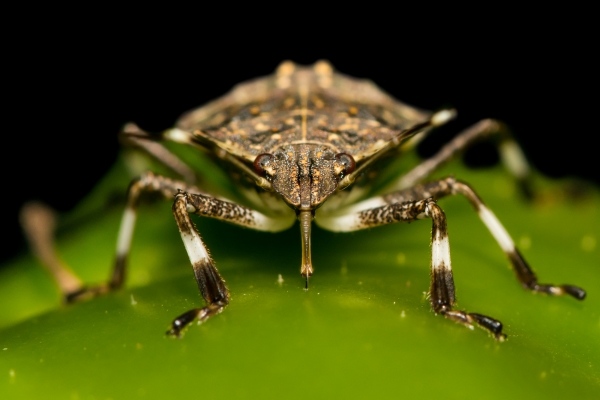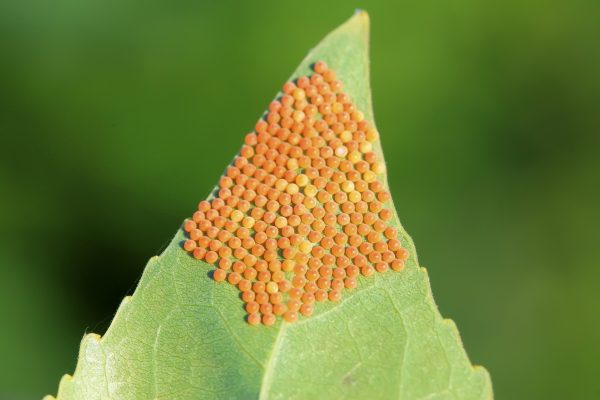Pest Control: The Dos and Don’ts
Pest control is about far more than dealing with the annoyance of bugs and rodents. It is a vital key to ensuring your family’s health and safety. Also, an unchecked pest problem on your property will spread to affect your neighbors. Pests carry diseases and germs, but the overuse of pesticides can present hazards that demand awareness. Pest control safety is critically important for ourselves, our families, pets, and neighborhoods. So let’s consider the pest control do’s and don’ts that will keep your home pest-free.
Do: Identify the Pest and Choose the Right Pest Control Method
When you see a nasty bug, you may want to grab a can of whatever is under the sink and start spraying. However, it’s wise to resist this understandable impulse. Some pests are not remotely harmed by the spray that kills others. So, not only does a haphazard approach waste both time and money, but it also adds chemicals to your environment. And just as bacteria can develop a resistance to overused antibiotics, the same can be true of pests to pesticides. So, the first rule of chemical safety do’s and don’ts is to identify and accurately treat the existing problem.
Don’t: Use DIY Pesticides Without Proper Knowledge and Training
Our natural aversion to pests makes many people cringe when they hear anything about mosquitoes, fleas, rats, mice, and other nasty critters. We don’t want to know anything about them — we just want them gone! But this is the second item on our list of pest control do’s and don’ts for an important reason. Using pesticides without understanding both the target and the chemicals involved can lead to several potential problems.
Not only do people often reach for the wrong pesticide for the problem, but also we may decide “if some is good, more is better.” This is a dangerous misconception. The toxins can accumulate, risking food contamination and accumulation on surfaces family members touch. Further, excessive or indiscriminate pesticide use can make pest control harmful to humans while leading to both environmental damage and pests developing immunity to currently effective pesticides.
Do: Keep Your Home and Property Clean and Tidy
An essential part of effective pest control is keeping your home and property free from the conditions that attract pests. Unfortunately, many insects and small mammals have evolved to benefit from our messes. From spilled or untended food to overgrown grass or standing water, we often provide all the food, shelter, and breeding support these pests need to thrive. So, good hygiene indoors and out is essential for pest control safety. The less you provide food, water, and shelter to pests, the easier it is to keep them out of your home and property.
Don’t: Ignore Pest Infestations
No pests will just go away if you ignore them. Most pest species have a fast life cycle. So, when you first discover a pest issue, you may already be dealing with a few generations of pests, including eggs, pupae, larvae, and adult insects. The sooner you can interrupt that life cycle and effectively kill or remove the existing eggs and adults, the sooner and easier the problem can be resolved.
Ignoring a few pests can rapidly escalate to a large-scale infestation. Generations of insects are tougher to control and more likely to transmit disease, and some pests can cause structural damage to your home. Whether you’re dealing with rats or termites, you’ll want to end the destruction before it becomes far more expensive to repair. Therefore, prompt action is a definite “do” among safe pest control do’s and don’ts.
Do: Use Pesticides Safely and as Directed
Pest control safety relies on using pesticides only as directed. Pesticides can be dangerous and harmful chemicals when misused. For instance, some substances remain highly toxic for months unless they are exposed to sunshine. So these should never be used indoors. Others will bond with a surface and remain effective despite rain and dew, while others can easily wash away. Still, other chemicals are highly effective at killing a pest at one stage but not at another. Chemical safety do’s and don’ts specify following all of the manufacturer’s warnings and directions for your well-being and that of your family and the environment.
Don’t: Rely Solely on Pesticide
Effective and eco-friendly pest control requires approaching the infestation from several directions. It is not enough to spray toxic chemicals to eradicate the problem. If your home or property offers abundant food, water, shelter, and a mating habitat, new pests will always have the incentive to move in, even if you recently killed off previous pests. You can thus get into a vicious cycle of killing pests once they arrive rather than deterring them from arriving in the first place.
Instead of relying on pesticides alone, employ excellent hygiene indoors and out. Learn about the specific needs of the pests you’re facing, so you can best identify ways your home meets those needs. You can then eliminate access points to your home or garden. Discover how to create effective barriers to your property. Eliminate sources of food and water. Safely remove nests, deploy taps, and repair all leaky faucets or pipes. A holistic approach to pest control will always be the most effective and safest route for your family.
Do: Stay Educated and Up to Date on Pest Control Techniques
Pest control safety and efficacy is a continually-developing subject. Around the world, scientists are working toward more effective solutions to protect more people from the spread of disease, contagions, and allergens. And this list includes Mosquito Joe, where our team of Entomologists is collaborating with the premier chemical manufacturers in the country to combat mosquitoes, ticks, and fleas. But while people strive to develop more effective pest control that is safe for pets and small children, the pests are evolving in order to resist these defenses. We are essentially in an arms race, and it’s wise to remain informed so that you can best protect your home, family, and your neighbors. We all have an important role to play.
To learn more, visit Mosquito Joe’s blog for educational articles that will keep you updated and informed about pest control do’s and don’ts, problem pests in your neighborhood, and ways to reclaim your outdoor spaces from nasty, biting insects.
Choose Effective Pest Control With Mosquito Joe
Whether you’re combating mosquitoes, fleas, ticks, rodents, gnats, or other pests, call on the experts at your local Mosquito Joe. We provide effective pest control services for residential and commercial properties across the country. All our work is backed by the Neighborly Done Right Promise™ and the Mosquito Joe® satisfaction guarantee, so you know the job will be done right — on time, the first time. We help make your outdoor spaces fun again!








